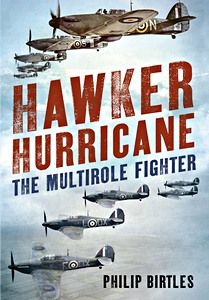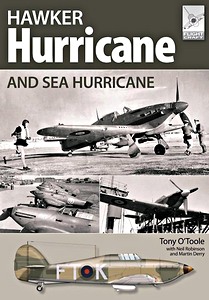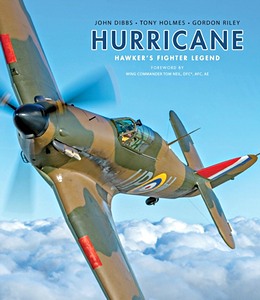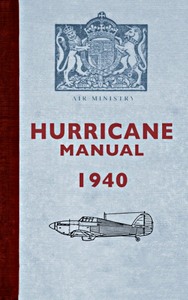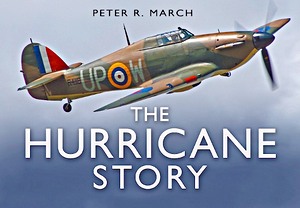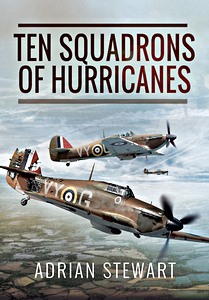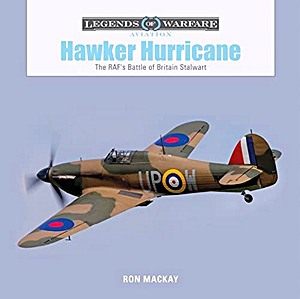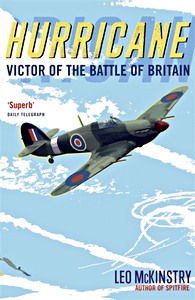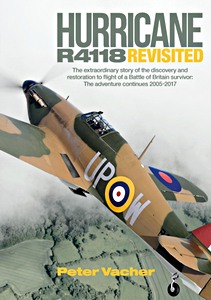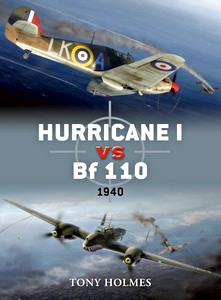The Merlin: The Engine That Won the Second World War
El Rolls-Royce Merlin es uno de los motores de avión más famosos de la historia. Impulsó aviones clave de la Segunda Guerra Mundial, como el Spitfire y el Hurricane, que defendieron Gran Bretaña durante la Batalla de Inglaterra en 1940. También fue utilizado en los bombarderos Lancaster y Halifax en misiones sobre Alemania, así como en el Mosquito, conocido por su precisión en bombardeos y reconocimiento.
En Estados Unidos, el Merlin equipó al P-51 Mustang, que escoltaba a los bombarderos B-17 y B-29 en incursiones diurnas. El Mustang también operó en el norte de África, el Mediterráneo y el Pacífico. Este motor fue clave en la victoria aliada.
El Merlin sigue siendo un símbolo y su característico sonido aún se escucha en Inglaterra, especialmente en exhibiciones del Battle o Britain Memorial Flight. Recientemente apareció en la celebración del centenario de la RAF, con un Lancaster liderando una formación de Spitfires y Hurricanes.
El expiloto Gordon Wilson narra el desarrollo y uso de este motor en la guerra, incluyendo relatos de las tripulaciones que dependían de él.
Detalle del libro
| Autor: | Gordon A. A. Wilson |
|---|---|
| Presentación: | 256 páginas, 19.5 x 12.5 x 1.8 cm, tapa dura |
| Ilustración: | 50 fotos en b/n y color |
| Editorial: | Amberley Publishing (GB, 2020) |
| ISBN: | 9781398103252 |
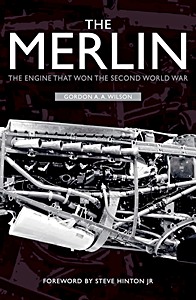
The Merlin: The Engine That Won the Second World War
Idioma: Inglés
Disponible en Amazon - pago segura y entrega rápido
Comprar en Amazon ESComprar en Amazon.com

